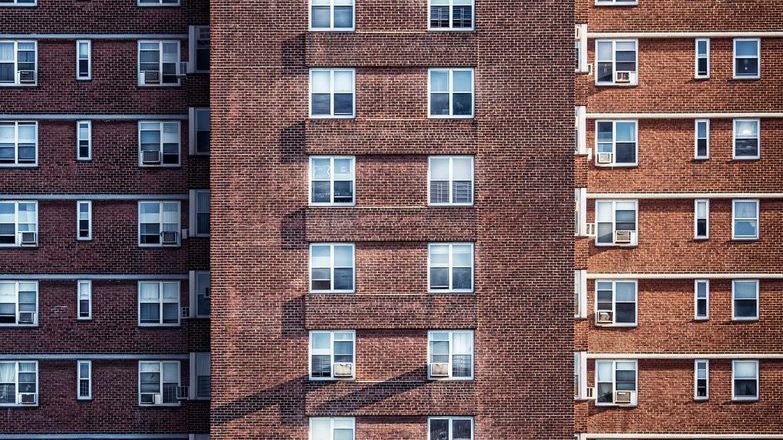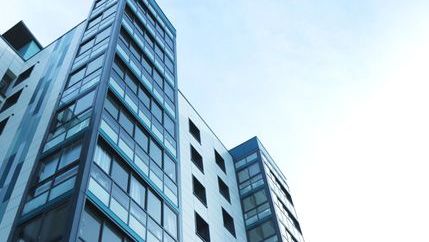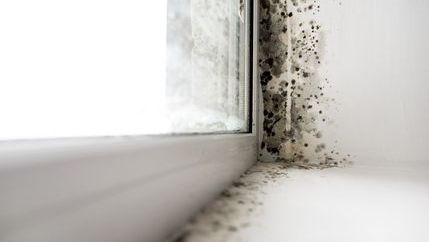
Reinforced Autoclaved Aerated Concrete (RAAC) is a lightweight material that was widely used in flat roofing, and in walls and floors, in the 1950s and 1960s. It is a cheaper alternative to standard concrete and is quicker to produce and easier to install. It is less durable than standard reinforced concrete, with a lifespan of around 30 years, and is susceptible to structural failure when exposed to moisture. The Health and Safety Executive says that RAAC which is beyond its lifespan may collapse with little or no notice.
The headlines may only scratch the surface
Although the focus has been on school buildings, concerns are growing about the extent to which RAAC is present in residential buildings, including student halls. Around 4.4 million social homes were built by local authorities and housing associations between the 1950s and 1980s, at exactly the time RAAC was popular, cheap, and readily available.
Millions of people who live in ex-council properties could be affected – and those who pay for building maintenance through a service charge may face large bills to remediate any issues identified. Survey work will need to be carried out to test for the material as well as make it safe.
There are also many residences which were converted from offices – as many as 93,275 in England over the last 10 years – which could be impacted.
Agent responsibilities for 18+ meter buildings
Under the Building Safety Act 2022, agents who are involved with buying, selling, renting or maintaining high-rise buildings, and in particular those who are Accountable Persons, have a role in managing safety risks, including RAAC.
The Accountable Person must tell the Building Safety Regulator about any potential safety risks by sending a safety case report. They must also have a complaints system that allows residents to raise concerns about the building’s safety at any time.
Residential letting agents managing an individual property within a high-risk building must work with the Accountable Person to ensure that any risks are identified.
Living with RAAC
Many buildings have been managing and monitoring the situation for years, in line with previous guidance, but some are now taking extra precautions.
A team at Loughborough University, who alerted the UK Government to the issue, have advised that most affected buildings are probably not dangerous but should be inspected as a precaution. They suggest an approach similar to that used for asbestos in the 1980s and 1990s, with a program of regular inspections and management.
Construction sector developing a response
In a statement first issued on 1 September 2023 and subsequently updated The Institution of Structural Engineers (IStructE) stated that if properly designed, manufactured, in good condition and with good bearing, RAAC installations are considered safe. However, the panels can creep and deflect over time, and this can be made worse by water penetration.
If RAAC planks are identified in a building their structural condition will need to be assessed by a Chartered or Incorporated Structural Engineer.
The Construction Leadership Council (CLC) in conjunction with the Cabinet Office and other government departments have set up the RAAC Industry Response Group which will investigate the scale of the problem and develop further guidance.




